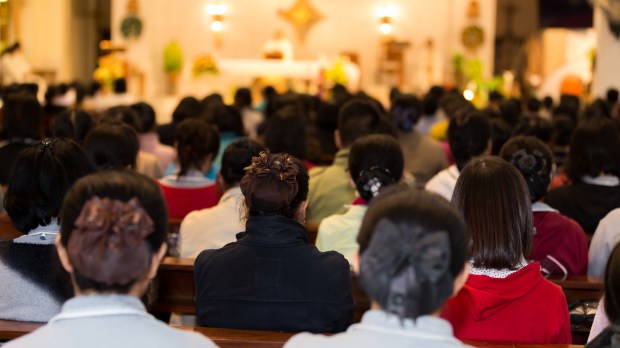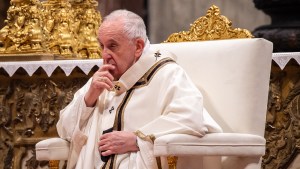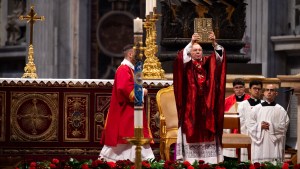In Pope Francis’ latest letter on the liturgy, Desiderio desideravi, he lamented the introduction of “wild creativity” at Mass.
The ars celebrandi cannot be reduced to only a rubrical mechanism, much less should it be thought of as imaginative — sometimes wild — creativity without rules.
He reiterated this point again in the same document, explaining, “Here is a possible list of approaches, which even though opposed to each other, characterize a way of presiding that is certainly inadequate: rigid austerity or an exasperating creativity.”
While many priests and parishes during the past 50 years have experimented with the liturgy in various ways, such creativity was never intended by the Second Vatican Council.
Vatican II’s guidelines for creativity
Sacrosanctum Concilium clearly states, “no other person, even if he be a priest, may add, remove, or change anything in the liturgy on his own authority.”
It’s true that after Vatican II some parts of the liturgy were adjusted, but these adjustments were made with the authority of the bishops, and changes were only made with careful research.
Furthermore, any “innovations” needed to grow “organically” from the previous Missal.
[T]here must be no innovations unless the good of the Church genuinely and certainly requires them; and care must be taken that any new forms adopted should in some way grow organically from forms already existing.
This means that “wild creativity” from local priests and laity is not a fruit of the Council.
While Pope Francis does not want the Church to fall into a “rigid” formalism, he also does not want individuals in the Church to add or subtract from the Mass.
The key is to remain faithful to the Church and for both priests and laity to enter more deeply into the mystery being presented at the altar.



